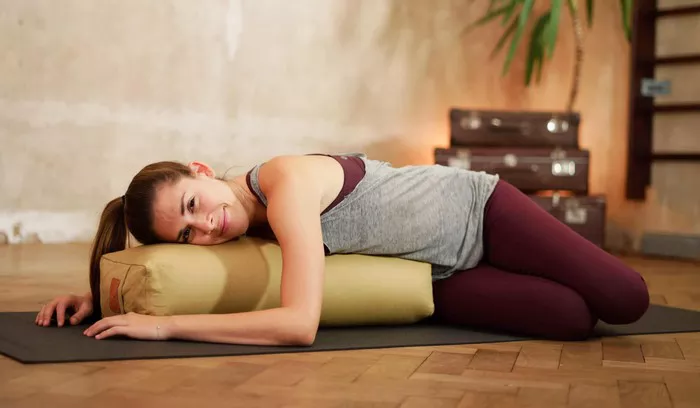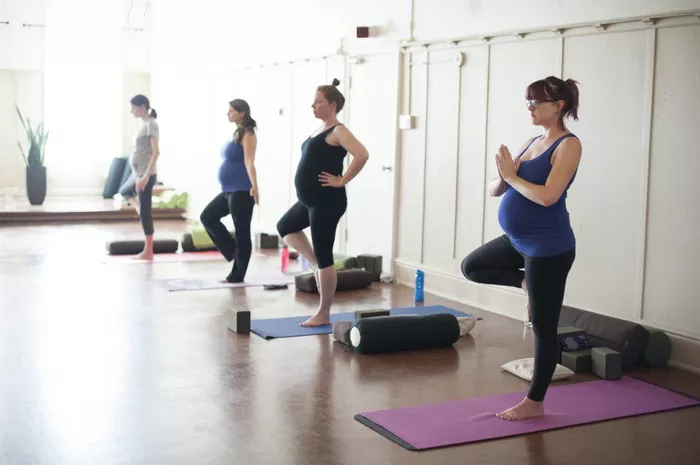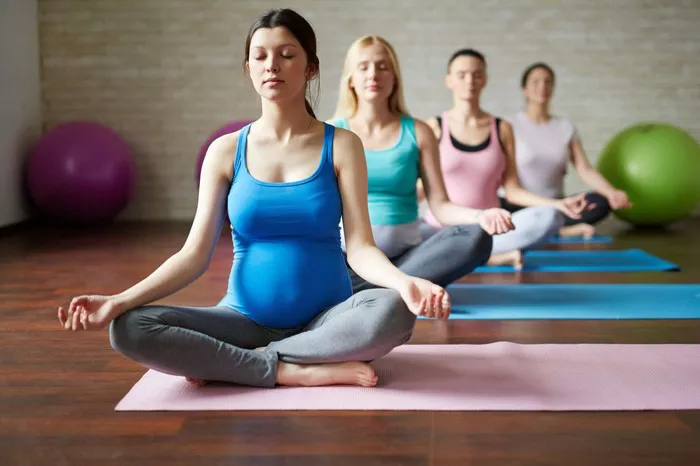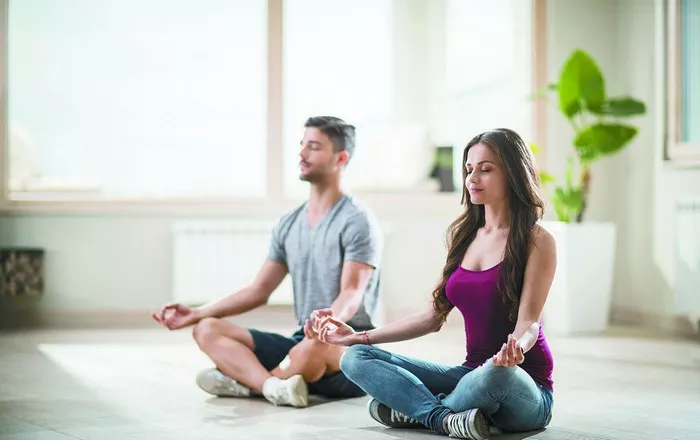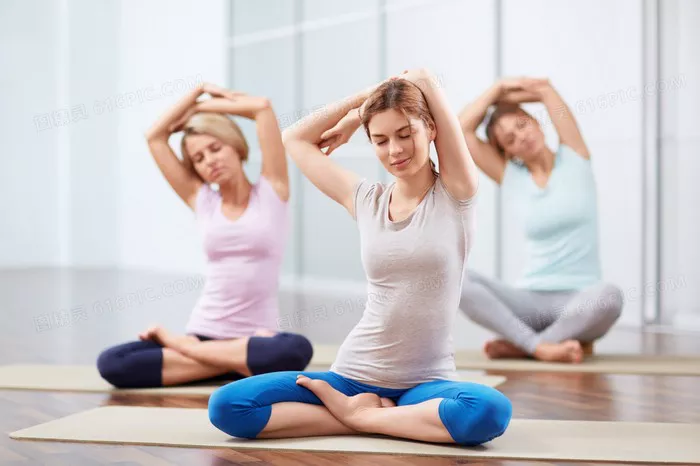The Downward Dog pose, or Adho Mukha Svanasana, is one of the most recognized and widely practiced poses in yoga. It is a foundational posture that stretches and strengthens multiple muscle groups while promoting physical alignment and mental clarity. However, a common question among both beginner and seasoned yoga practitioners is: How long should I hold the Downward Dog pose?
This question, while simple in nature, touches on several important aspects of yoga practice, including the purpose of the pose, its benefits, and how long you should hold it to achieve optimal results. In this article, we will explore these key points to help you better understand the Downward Dog pose and how long you should hold it in different contexts of your yoga practice.
1. Understanding the Downward Dog Pose
Before diving into the duration for holding the Downward Dog pose, it’s essential to first understand its mechanics, purpose, and benefits. The Downward Dog pose is typically done from a tabletop position (on your hands and knees), where you raise your hips up and back, forming an inverted “V” shape with your body. Your feet are flat on the floor, and your hands are pressed firmly into the mat.
This pose can be considered both a stretching and strengthening posture. It stretches the hamstrings, calves, and spine, while also strengthening the arms, shoulders, and core. It is often included in sequences as a way to release tension, improve posture, and promote flexibility.
2. The Benefits of the Downward Dog Pose
To fully appreciate how long to hold the Downward Dog pose, it is helpful to understand the various benefits this pose offers:
Improved Flexibility: The Downward Dog pose provides an excellent stretch for the hamstrings, calves, and spine. It also helps open the shoulders, allowing for improved range of motion and flexibility in the upper body.
Strengthening of Key Muscles: In addition to stretching, the pose also engages and strengthens several muscles, including the arms, shoulders, core, and legs. Holding the pose builds endurance in these muscle groups.
Spinal Alignment and Posture: The Downward Dog helps promote proper spinal alignment by lengthening and decompressing the spine. It can help counteract the effects of slouching and poor posture, making it a great pose for those who spend a lot of time sitting.
Increased Circulation and Energy: The inverted nature of the pose improves blood flow to the brain, which can boost mental clarity and refresh the body. This makes it a rejuvenating pose, especially when practiced in the morning or during midday breaks.
Mental Calmness and Focus: Like most yoga postures, Downward Dog promotes mindfulness and presence in the moment. The focus on your breath and alignment in the pose encourages mental clarity and calmness.
3. Factors That Influence How Long to Hold the Downward Dog Pose
The duration of any yoga pose is influenced by several factors, including your experience level, the purpose of the pose within the flow, and the type of yoga practice you are engaged in. There is no universal answer to the question of how long you should hold the Downward Dog pose, as it depends on these individual factors.
Experience Level
Beginners: If you are new to yoga, you may initially find it challenging to hold the Downward Dog for an extended period. It’s important to listen to your body and avoid overexertion. As a beginner, holding the pose for 20 to 30 seconds at a time may be sufficient. Over time, as your strength and flexibility improve, you can gradually increase the duration.
Intermediate and Advanced Practitioners: More experienced practitioners may be able to hold the Downward Dog for longer durations, such as 1 to 3 minutes, as they have developed the necessary strength, flexibility, and endurance. These practitioners may use Downward Dog as an active pose within a vinyasa flow or hold it for longer periods as a way to deepen their practice.
Purpose of the Pose in the Sequence
The context in which you are practicing the Downward Dog pose also influences how long you should hold it. Some common contexts include:
As a Transitional Pose: In many vinyasa or flow-based yoga classes, Downward Dog is used as a transitional pose between other postures. In these cases, the pose may only be held for a few breaths (around 5 to 10 seconds) before moving into another pose.
As a Restorative Pose: In some yoga styles, such as Restorative Yoga, Downward Dog is used as a gentle stretch and held for longer periods (up to 3 minutes or more). This can be especially helpful for deepening the stretch and promoting relaxation.
As a Strengthening Pose: If you are using Downward Dog primarily for building strength, you may hold it for a longer period, focusing on maintaining engagement in the arms, shoulders, and core. Depending on the desired intensity, this could range from 30 seconds to a few minutes.
Your Physical Limitations and Goals
Yoga is highly individual, and your body may have specific limitations or strengths that affect how long you can comfortably hold Downward Dog. If you have tight hamstrings, weak wrists, or a stiff back, you may find it more challenging to hold the pose for extended periods. In this case, you may choose to modify the pose (e.g., bend the knees or take breaks) and hold it for shorter durations.
Conversely, if your goal is to increase flexibility or strength in specific areas (e.g., the shoulders, hamstrings, or calves), holding the pose for a longer duration may help achieve those goals. However, it’s crucial to pay attention to your body’s signals and adjust accordingly. Never push yourself into discomfort or pain.
4. How to Hold the Downward Dog Pose Effectively
Regardless of how long you plan to hold the Downward Dog pose, it is essential to maintain proper form to ensure you are benefiting from the pose and avoiding strain or injury. Here are some tips for holding the Downward Dog pose effectively:
Align Your Hands and Feet
- Place your hands shoulder-width apart and your feet hip-width apart.
- Press your palms into the mat, spreading your fingers wide, with your middle fingers pointing forward.
- Keep your feet flat on the floor, pressing your heels towards the ground. If your heels don’t touch the floor, it’s okay—just work on keeping the legs straight and the hips lifted.
Engage Your Core and Legs
- To protect your lower back and support the lengthening of your spine, engage your core muscles. Draw your belly button towards your spine.
- Engage your quadriceps (front thigh muscles) and press your thighs back towards the wall behind you to lengthen the legs and activate the muscles.
Maintain a Long Spine
- Aim to lengthen your spine, rather than rounding it. Push the hips up and back, ensuring your back is straight and long.
- Imagine a line from the top of your head to your tailbone, creating a straight line of energy. This will help you avoid collapsing your chest or arching your back too much.
Focus on Your Breath
Breathing deeply and steadily is a key part of holding any yoga pose. In Downward Dog, maintain an even breath, with each inhale and exhale flowing smoothly. Focus on the sensation of your breath and how it connects with the stretch and strength you’re building in your body.
5. Guidelines for How Long to Hold the Downward Dog Pose
While the duration of the Downward Dog pose ultimately depends on your individual practice, here are some general guidelines based on your experience level and goals:
For Beginners
Duration: Hold for 20 to 30 seconds.
Repetitions: Take breaks as needed, and aim for 2 to 3 repetitions of Downward Dog within your practice.
For Intermediate Practitioners
Duration: Hold for 30 seconds to 1 minute.
Repetitions: Incorporate Downward Dog into your flow, holding the pose for multiple rounds (e.g., 3 to 5 repetitions).
For Advanced Practitioners
Duration: Hold for 1 to 3 minutes, depending on your goals.
Repetitions: You may hold the pose for longer durations within a vinyasa or other advanced sequences, challenging your strength and endurance.
For Restorative or Deep Stretching
Duration: Hold for 1 to 3 minutes, allowing time for deep stretching and relaxation.
Repetitions: Repeat as needed, using the pose to focus on releasing tension and enhancing flexibility.
Conclusion
In summary, the amount of time you should hold the Downward Dog pose depends on several factors, including your experience level, the purpose of the pose within your practice, and your individual goals. Beginners may hold the pose for 20 to 30 seconds, while intermediate and advanced practitioners may aim for 1 to 3 minutes. Regardless of your experience level, it’s important to focus on maintaining good form, breathing deeply, and listening to your body to avoid overexertion.
Related topics






